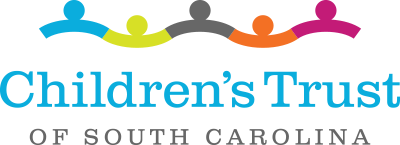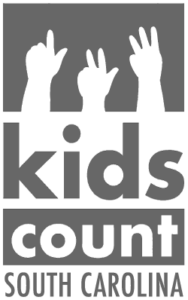“What we are likely going to see is some of those stark disparities continue to widen between those who have those resources at their fingertips and those who don’t,” Children’s Trust KIDS COUNT director Aditi Srivastav said. “We’re really seeing another missed opportunity for prevention, which means things will cost a lot more in the long run.”
The Children’s Trust analysis of the child well-being data shows 64,500 additional households struggled with food insecurity in 2020. The 99,782 families represent 13% of statewide households with children.
Srivastav, who has a master’s and Ph.D. in public health, said the first doses of the vaccine don’t fix all the problems that arose during the pandemic.
“There are so many unintended consequences that this pandemic caused,” she said. “Whether it’s increased trauma in the household because of the increased stress — not being able to meet basic needs such as food, shelter, access to health care, transportation — or even who is essential workers and who has to go to work… kids have to stay home without a nurturing environment.
“Those things are still going to occur whether or not there’s a vaccine because the world has changed.’
The state’s numbers for food insecurity, financial struggles and strains mental well-being were slightly below national averages during the pandemic. For South Carolina, those percentages were 10%, 14% and 17%, respectively. The national averages were 14%, 18% and 21%, respectively.
Slightly fewer SC homes have reliable internet access — 90,395 of them, according to the report — but 43% of families reported less-than-ideal childcare situations. Around 40% experienced economic instability due to the pandemic.
“It never ever was about the fact you’re not a good parent or good caregiver or you don’t care about your kids,” Srivastav said. “It’s the compounded sense of all these things that go into the well-being of a child and their families. It’s a domino effect of how all these other social factors that are important to your life get affected as well.”
Those numbers vary greatly based on ethnicity, according to the KIDS COUNT survey.
Thirty-one percent of African Americans, 26% of Latinos and 16% of Asians felt they were on the verge of failing to pay the rent or mortgage compared to 12% of their white counterparts. Food insecurity among African Americans and Latinos is nearly double — 23% and 19% — the 10% rate of white households.
“On one hand, this could have happened to anyone and it’s not a good parent or a bad parent,” Srivastav said. “It’s just circumstance of us not having the right supports or coordinated response. On the other hand, it would be a real disservice to ignore the fact that black and brown people are more likely to die from this virus, and that’s coming directly from our systems being put into place to not necessarily help all people.”






